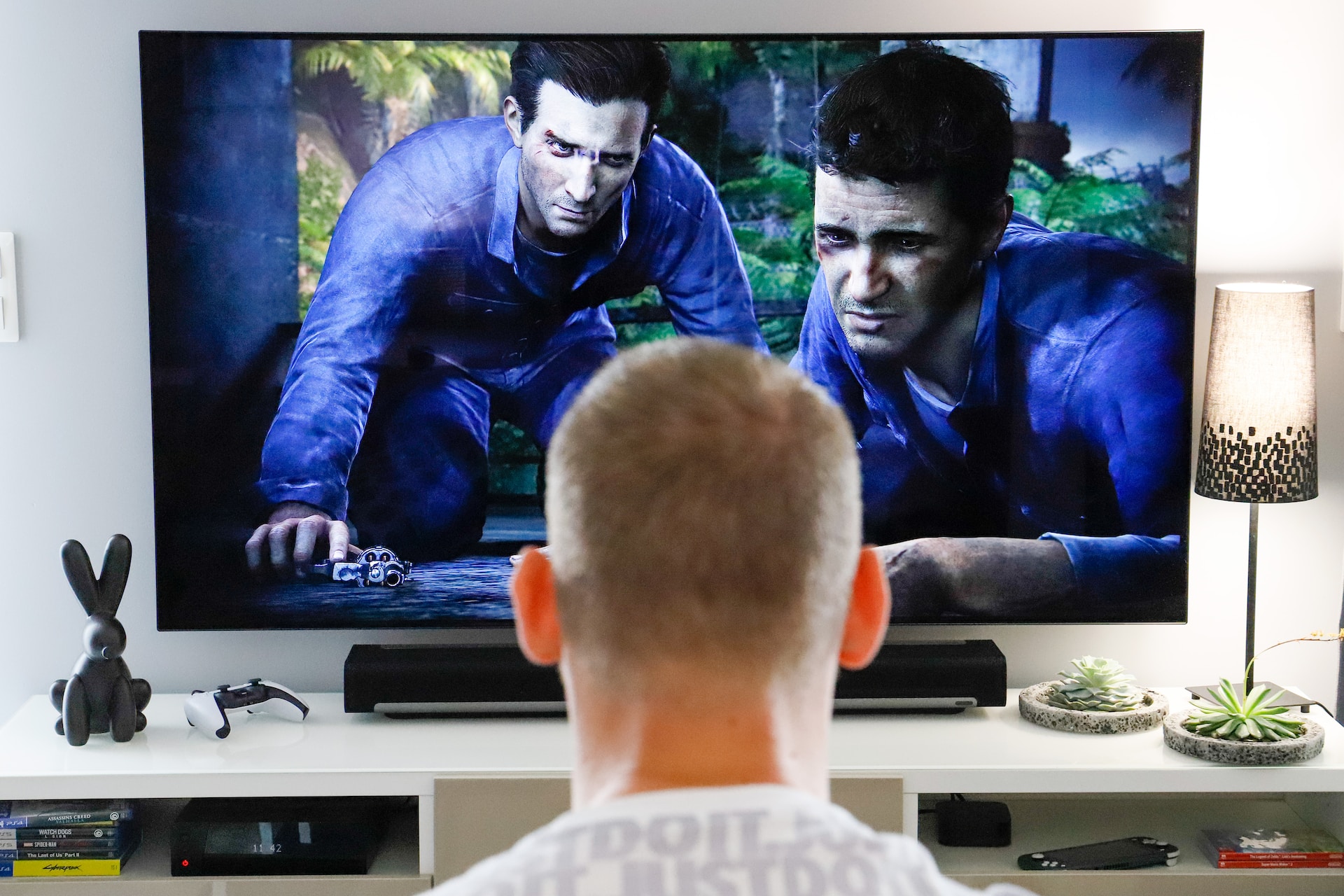The earliest cable systems were essentially strategically placed antennas with very long cables connecting them to subscribers’ televisions. Because the signal from the antenna got weaker as it traveled down the cable, cable TV providers had to insert amplifiers at regular intervals to boost the signal and make it watchable.
In the early 1950s, cable systems began experimenting with ways to use microwave transmitting and receiving towers to capture signals from distant stations. In some cases, this made television available to people who lived outside the range of standard broadcasting.
The addition of CATV (common antenna television) stations and the spread of cable systems eventually led manufacturers to add a switch to most new televisions. People could tune their televisions to channels based on the Federal Communications Commission’s (FCC) frequency allocation plan, or they could tune them to the plan used by most cable systems. These two plans differed in important ways.
In both tuning systems, each television station was given a 6-megahertz (MHz) section of the radio spectrum. The FCC initially allocated portions of the very high frequency (VHF) spectrum to 12 television channels. The channels were not placed in a single block of frequencies, but instead were split into two groups to avoid interference with existing radio services.
Later, when the growing popularity of television required additional channels, the FCC allocated frequencies in the ultra-high frequency (UHF) part of the spectrum. They established channels 14 to 69, using a block of frequencies between 470 MHz and 812 MHz.
Because they used cable instead of antennas, cable TV systems did not have to worry about existing services. Engineers were able to use the so-called middle band, those frequencies that television broadcasts pass through other signals, for channels 14-22. Channels 1 to 6 operate on lower frequencies, and the rest on higher frequencies. The “CATV/Antenna” switch tells the TV tuner whether to tune to the middle band or tune directly through it.
While we’re on the subject of tuning, it’s worth considering why CATV systems don’t use the same frequencies for stations broadcasting channels 1 through 6 that those stations use to broadcast over the air. Cable equipment is designed to shield the signals transmitted over the cable from outside interference, and televisions are designed to receive signals only from the point of connection to the cable or antenna; but interference can still enter the system, especially at connectors. When the interference comes from the same channel that is being transmitted over cable, a problem arises due to the difference in the broadcast speed between the two signals.
Radio signals travel through the air at a speed very close to the speed of light. In the coaxial cable that carries CATV signals to your home, radio signals travel at about two-thirds the speed of light. When the TV and cable signals arrive at your TV tuner a fraction of a second apart, you see a double image called a “halo”.
As the number of programming options increased, so did the bandwidth of cable systems. Early systems operated at 200 MHz, allowing 33 channels. As the technology has evolved, the bandwidth has increased to 300, 400, 500 and now 550 MHz and the number of channels has grown to 91. Two additional advances in technology – fiber optics and analog-to-digital conversion – have improved the functions and quality of broadcasting while continuing to increase the number of available channels.
In 1976, a new kind of cable system debuted. This system used fiber optic cable for the backbone cables that carry signals from the CATV headend to neighbors. The headend is where the cable system receives the program from various sources, assigns the program to channels and retransmits it on the cables. By the late 1970s, fiber optics had advanced significantly and therefore became a cost-effective means of transmitting CATV signals over long distances. The big advantage of fiber optic cable is that it does not suffer the same signal loss as coaxial cable, eliminating the need for as many amplifiers.
Another benefit of switching to fiber optic cable was more opportunities for personalization. Since a single fiber optic cable can serve 500 households, it became possible to target messages and services to individual neighborhoods. In the 1990s, cable TV providers discovered that this same grouping of neighbors was ideal for creating a local area network and providing Internet access via cable modems.



